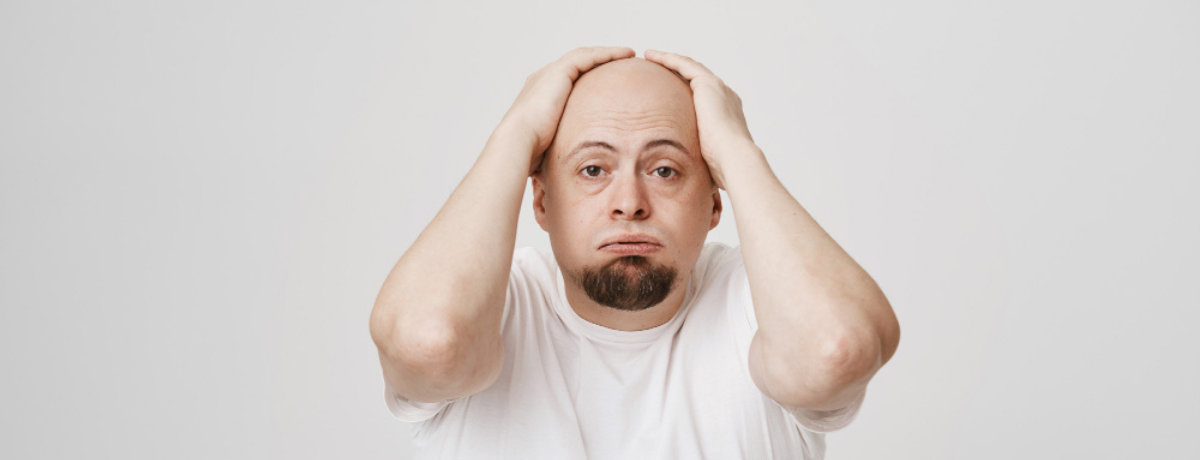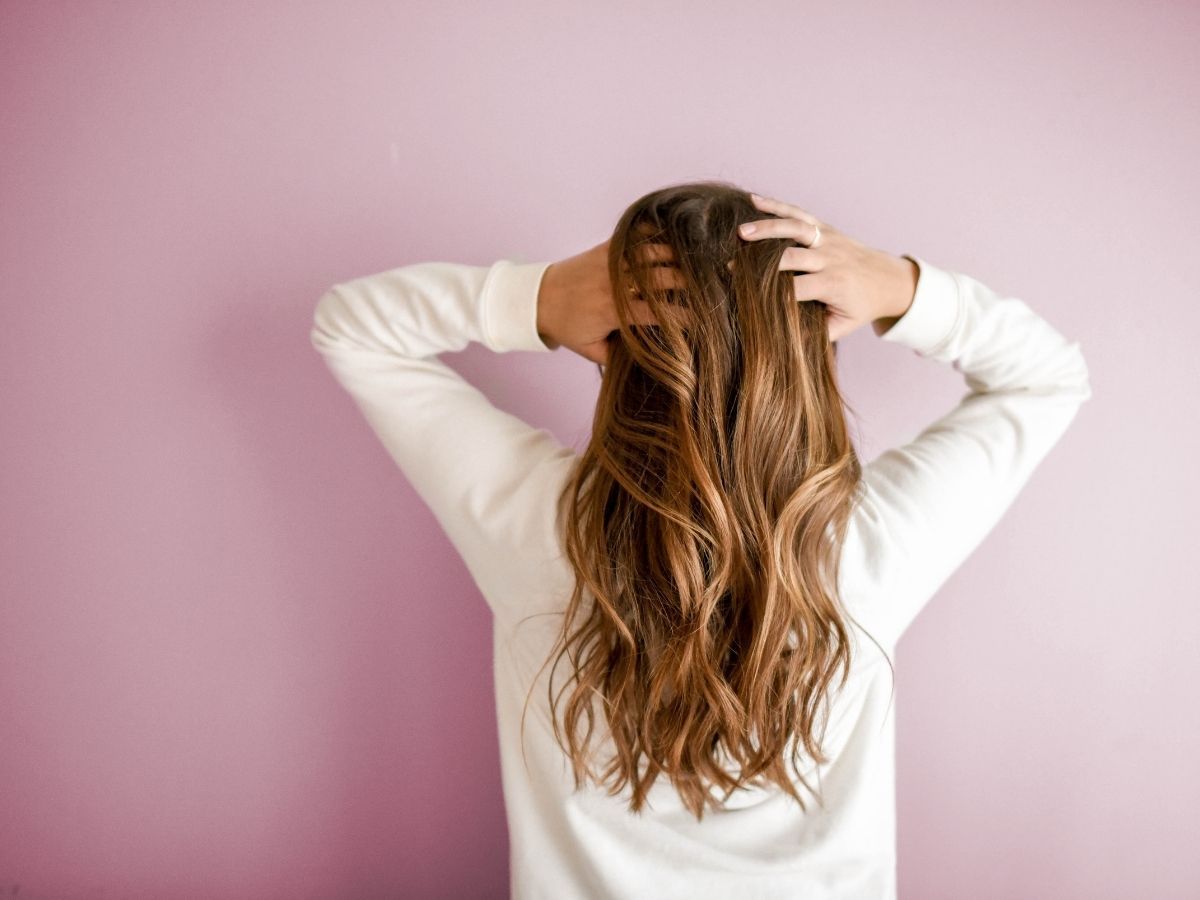Most men start losing their thick hair by the age of 30. If you are male in the post 30 years age group and facing hair loss, then you have come to the right place.
Just like ageing doesn’t happen overnight, male pattern baldness is also a gradual process. In male-pattern baldness, the hairline starts receding near the temple and keeps moving backwards as more and more scalp begins to show.
Below we have listed a few signs that could act as an early warning for baldness and decide whether you are affected by male pattern baldness –
1 . Noticeable thinning of your hair:
Everyone doesn’t go bald from their hairline; some experience thinning. It is when hair loss affects the entire scalp or some particular area like the crown. This thinning results in baldness and starts from the top or back instead of the hairline.
The simplest way to spot this thinning is by comparing your photos taken before your hair began thining. By taking photographs using your bathroom mirror every few months, you can compare your hair’s thickness and reduction. It is never too late; you can start clicking yourself and notice the changes in your hairline.
2. Too much hair loss after showering and brushing:
If you are losing more hair than around 100 stands a day, you should be concerned. It is normal to experience a bit of hair loss during bathing.
In some cases, hair loss can be temporary; you might notice excessive hair loss for a few days; this could be because of a fever or lack of vitamins and stress. If it is so, then the hair will start naturally growing back after a few days.
Remember, if you start noticing a large amount of hair loss every day for an extended period, you should seek help. It won’t take a long time for your daily hair loss to turn into a visible bald spot.
3. A noticeable change in your hairline:
It is an obvious sign of balding a difference in your visible hairline. As you already know, baldness begins from the hairline; your hairline, which was previously receding, will look like an M-shape. Hair loss may even start from the crown area; you will notice thinning instead of a sudden hair loss.
Take a photo of your hair, and compare it with a picture of yourself from a few years ago; if you see an apparent reduction in your hair, then you are suffering from hair loss. It would help if you took some action as soon as possible before it worsens.
What Can You Do About Balding?
If you are noticing hair loss and baldness signs, it is best to solve the root cause of this problem. And the root cause of this problem is a male hormone called dihydrotestosterone (DHT). You face baldness because your hair follicles become sensitive to this hormone; it could be because of genetic reasons, although researchers are still unsure about it.
Now that you are clear as to why baldness is happening, how do you treat it?
i) Minoxidil
It is a foam or lotion that you can apply to your scalp, usually helpful for reluctant people to take any pills for hair growth. Minoxidil will enlarge your hair follicles and encourage hair growth. About 7 out of 10 men have confirmed that they were able to grow some hair using minoxidil.
But you will have to be patient as it will take a few months to show its effects. Minoxidil does have a few side effects like irritation in your scalp. Some people who have sensitive scalp have even developed redness, itching, and flaking.
ii) Finasteride
It is a pill for internal usage. It blocks your enzyme, which converts testosterone to dihydrotestosterone (DHT). 90% of men who have taken finasteride have seen a reduction in hair loss and even re-growth.
Many people take a combination of both the medication mentioned above and see better results. The critical thing to remember over here is that these treatments will only keep your hair loss at bay; once you stop taking them, your hair will start falling again and at a much faster rate.
So if you wish to go for a more permanent treatment, you can begin with a non-surgical treatment like PRP or a surgical treatment called hair transplant.
iii) Platelet-Rich Plasma (PRP)
It is a non-surgical treatment. The doctor will take some of your blood, separate the platelet from your blood, and then put the platelet back into the plasma (blood fluid).
Your doctor will then insert this plasma filled with platelet into your scalp using microinjection. PRP is essential for your scalp because platelets have the necessary proteins to heal and encourage hair growth. So, your hair follicles will rejuvenate, and new hair will grow after getting a boost from the PRP treatment. Remember that you will need to visit your doctor every six months if you wish to keep the results steady.
iv) Hair Transplant Treatment
It is a surgical procedure, which will give you long-lasting results. In a hair transplant treatment, the surgeon begins by extracting your hair follicles from your healthy area and implanting it onto the bald spot.
There are various hair transplant procedures like Follicular Unit Transplantation (FUT), Follicular Unit Extraction (FUE), and Direct Hair Implantation (DHI). If you get a satisfactory hair transplant job done, you will not be required to undergo a surgical hair transplant.
Hair loss is a chronic condition requiring effective treatment if you want to stop the balding process. We have mentioned all the medicines which you can choose according to your needs.
Remember, sometimes a doctor might give you a combination of some of the recommended treatments above if your hair loss has exceeded a certain degree.







